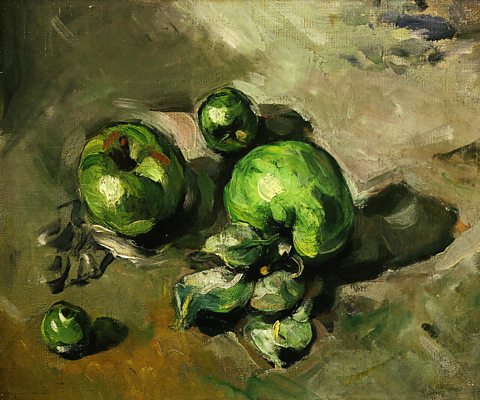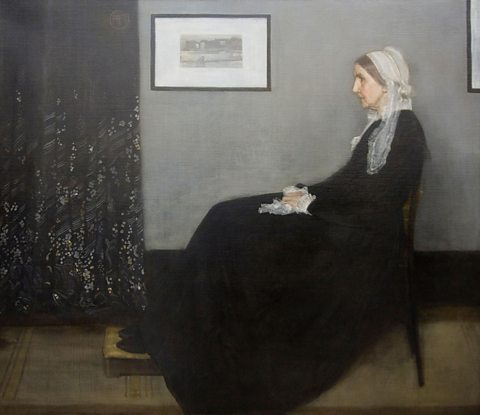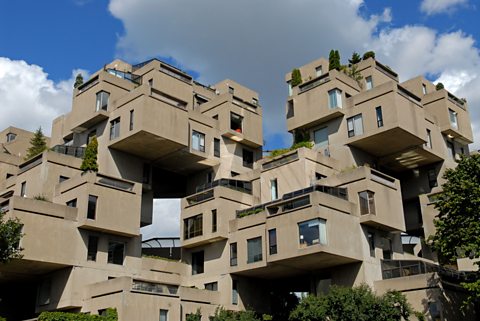Tints, shades and tones
Few artists use only pure colours from around the colour wheel. Often artist will use tints, shades and tones when mixing colours.
A tint is where an artist adds a colour to white to create a lighter version of the colour. An example of a tint is pink. Pink is a tint created by adding white to red.
A shade is where an artist adds black to a colour to darken it down.
A tone is where an artist adds grey to a colour.
Monochromatic
An artist may decide to create a piece of artwork which is monochromatic. This means that the artist uses tints, shades and tones of a single colour.

Still Life with Green Apples (Paul Cezanne, 1873) is almost completely monochromatic. The apples are painted using greens that range from very pale near white tints to nearly black shades. The background is made up of green-browns.
Subtle contrast is make between all these greens and three strokes of red on one apple. A small amount of yellow is used to add more variety of colour to the bottom left corner and to the apples and their leaves.


Portrait of the Artist’s Mother (James Whistler, 1871) is almost without colour. The composition is dominated by the large patches of black created by the subject’s dress and the curtain, and the large rectangle of grey wall.
There is stark contrast with the white of the picture frame, the woman’s bonnet, cuffs and handkerchief.
Neutral browns are used for the floor and the step that the woman’s feet rest on. The composition is formal and geometric.
The woman’s face and hands stand out in this start composition because the tints and tones of red and yellow used make her skin appear bright and warm.


Habitat 67 (Moshe Safdie, 1967) in Montreal is a model housing development based on stacked forms.
The irregular arrangement of these forms could seem chaotic, but the fact that they all share the same grey-brown colour unites them as a composition.
